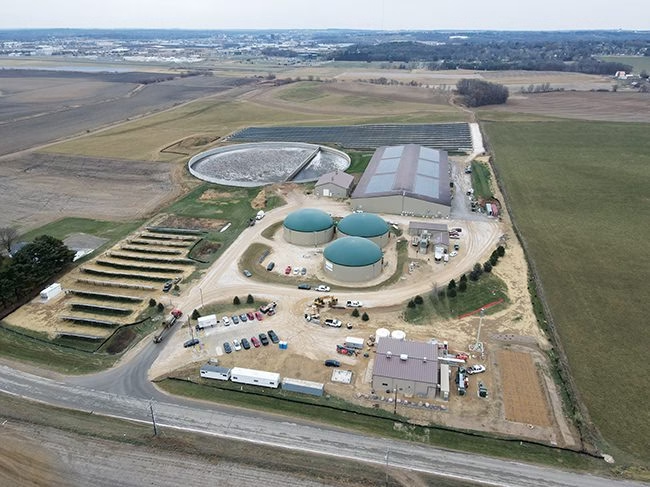
In rural Kenya, a silent revolution is turning something often considered waste into a powerful source of energy. Manure, once seen as a nuisance or at best, fertilizer, is now being transformed into clean biogas that fuels homes, protects forests, and boosts livelihoods. This transformation is gaining momentum as more farmers, innovators, and policymakers recognize the potential of what lies in the cowsheds of the country.
Using simple yet effective biodigesters, Kenyan households are converting cow dung into biogas for cooking and lighting. A mixture of water and manure is fed into these digesters, which then produce methane gas,enough to meet most of a household’s daily energy needs. The result is not just a reliable source of fuel but also a cleaner and healthier cooking environment. In a country where firewood and charcoal have been the norm for decades, the shift to biogas is a welcome relief.Beyond just replacing smoky stoves, biogas systems offer financial benefits.
Families can save significant amounts of money previously spent on cooking gas, firewood, or kerosene. In addition to fuel, the by-product of this process,bio-slurry,is a rich organic fertilizer that improves soil quality, reduces dependence on chemical inputs, and increases food production. For many, it also presents an opportunity to earn extra income by selling the surplus.On a larger scale, Kenya has begun investing in commercial biogas plants that not only serve industries and schools but also contribute electricity to the national grid.
These plants are part of the country’s growing commitment to renewable energy and circular economy practices. They showcase how agricultural waste can be transformed into something of national importance, reducing greenhouse gas emissions while meeting energy demands.This innovation is also improving lives in other critical ways. It reduces deforestation by cutting reliance on wood fuel and improves public health by eliminating indoor air pollution caused by traditional cooking methods. Women and children, often the most affected by smoke exposure, are now benefiting from cleaner kitchens and more time for education and other productive activities.
Despite these successes, the technology still faces hurdles. Initial installation costs can be high, and awareness remains limited in some regions. However, efforts by local companies, NGOs, and government programs are helping to bridge these gaps through flexible payment plans, training, and community demonstrations.
Turning manure into energy may seem like an unlikely solution to modern problems, but it’s proving to be one of the most practical and impactful innovations in Kenya today. It’s a reminder that even the most humble resources can spark meaningful change when met with the right ideas and determination.
As more households and institutions adopt this technology, Kenya edges closer to a greener, more sustainable future, powered not just by the sun and wind, but also by the simple strength of its soil and livestock.



